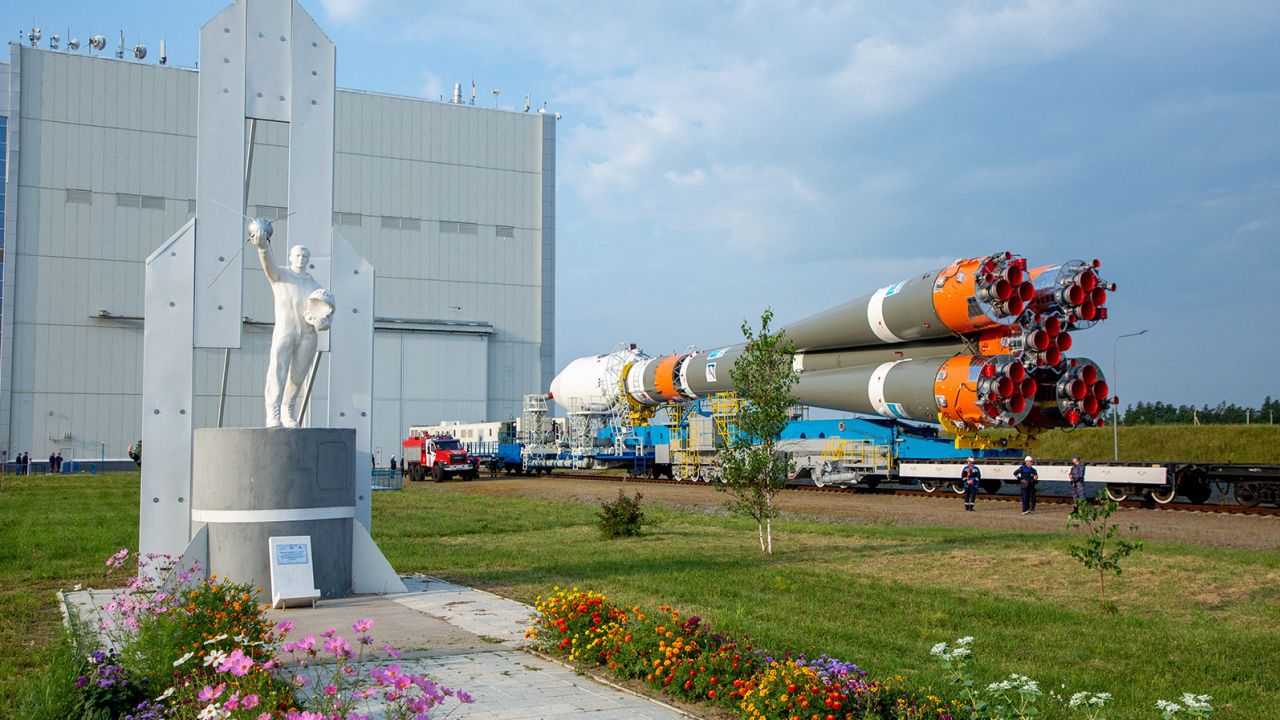After an absence of almost fifty years, Russia has successfully initiated the launch of a spacecraft destined for the moon. In the early hours of Friday, a rocket took off from a spaceport situated in Russia’s far eastern region, carrying Luna-25, a moderately sized robotic lander, into Earth’s orbit. Luna-25 is set to attempt a landing in the moon’s southern polar area, an enticing location due to the detection of water ice, which has captured the interest of multiple space initiatives. The lander will conduct a year-long series of scientific investigations upon reaching its destination.
The mission has been in development for years before Russia invaded Ukraine, but it is also occurring at a moment when President Vladimir V. Putin is looking to space as one way to signal Russia’s return to great-power status.
Also Read: Unleash Your IT Potential with Plino Certification
Luna-25: From Soyuz Launch to Lunar Exploration
The Soyuz rocket began its flight under cloudy skies at the Vostochny launchpad. About 80 minutes after the launch, the Luna-25 spacecraft was pushed on a course to the moon. It is according to an update from Roscosmos, the Russian space agency. It is to reach the moon and enter orbit on Aug. 16, and then attempt to land on the surface as early as Aug. 21.
In recent years under Mr. Putin’s rule, the Soviet era has been venerated as the apex of Russian power while the crimes and injustices of Communist rule have been papered over. Soviet achievements in space are key parts of the narrative taught in schools and on state television
The invasion of Ukraine has only amplified the weight of Mr. Putin’s quest to remake Russia. With Western sanctions and the war starving the country of foreign capital and technology, the moon launch is emerging as a marquee test of the country’s ability to chart a new path. For future missions, Russia is looking to develop electronics components that it would have bought from foreign companies.
It’s a test that will be keenly watched around the world as Europe and America work to isolate Russia amid the war in Ukraine, and as Russia tries to strengthen its political and economic ties with non-Western countries in response. Mr. Putin sees Russia’s space program as one prong of that effort. When he hosted African leaders for a summit meeting in St. Petersburg last month, he promised to expand Russia’s cooperation with African countries “in the field of space technologies and their applications.”

Luna-25’s Impact: Bridging Historic Space Achievements and Modern Recognition
However, space endeavors are also a matter of national importance. In May, Mr. Putin introduced a fresh governmental accolade designed to recognize notable accomplishments in space exploration. In June, this award was bestowed upon Valentina Tereshkova. She made history as the first woman to journey into space in 1963. Currently a member of the Russian Parliament and a steadfast supporter of Mr. Putin, Tereshkova received this recognition.
Demonstrating his keen interest in the Luna-25 launch, Mr. Putin held a meeting with Yuri Borisov, the chief of Russia’s space program, on June 30. During the discussion, Mr. Borisov apprised Mr. Putin of the fact that the standard probability of success for a mission of this nature stood at approximately 70 percent, as documented in the Kremlin’s meeting transcript.
“Such missions are always risky,” Mr. Borisov told the president. “We would like, of course, for it to be successful.”
Whatever the prospects of Luna-25, the mission is a sign of how far the Russian space program has fallen. Since its glory days in the 1950s and ’60s when it launched the first satellite, Sputnik. The first astronaut, Yuri Gagarin, and then raced with NASA to send astronauts to the moon.
Even the probe’s name evokes the Soviet Union’s space-age heyday. Moscow’s previous lunar probe, launched in 1976, was called the Luna-24.

